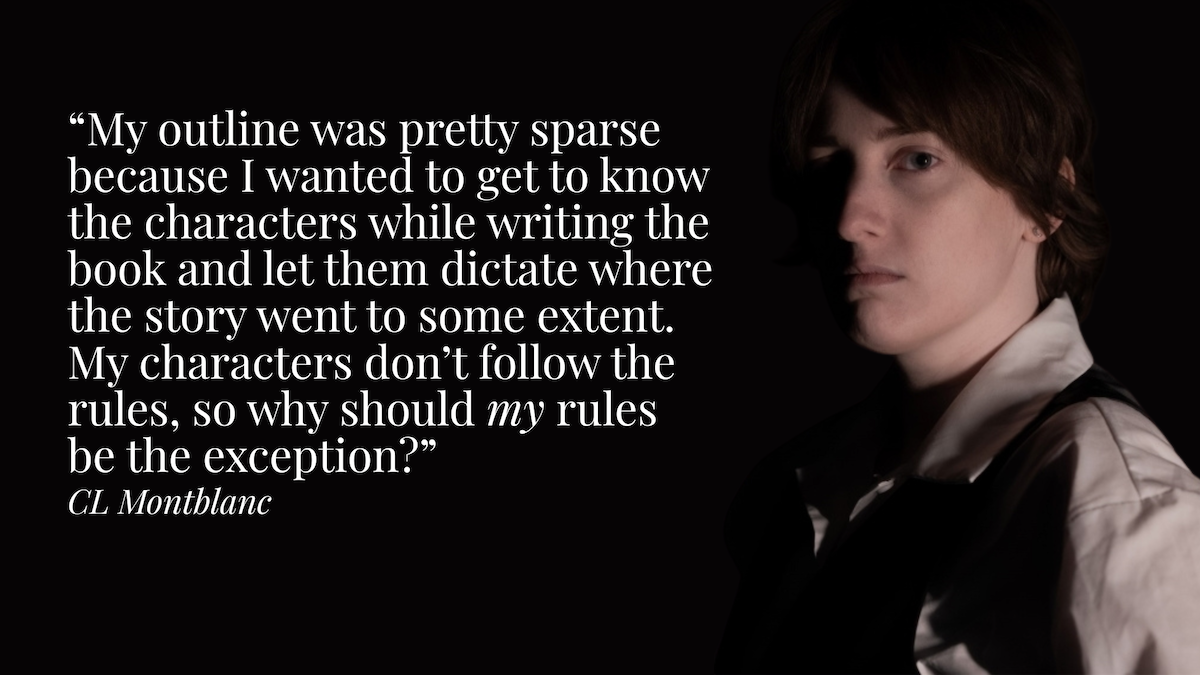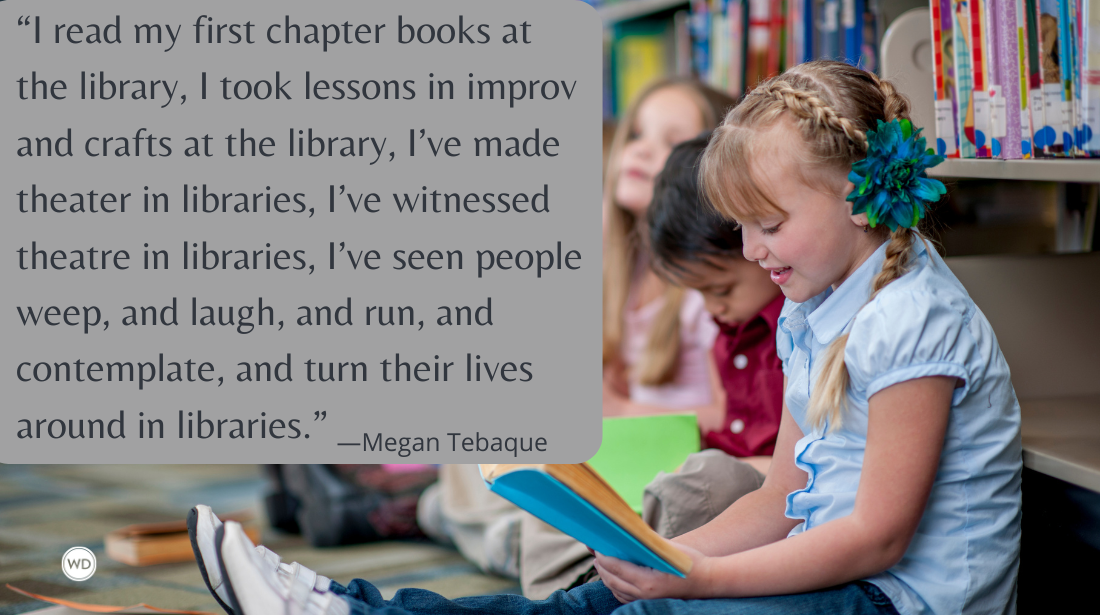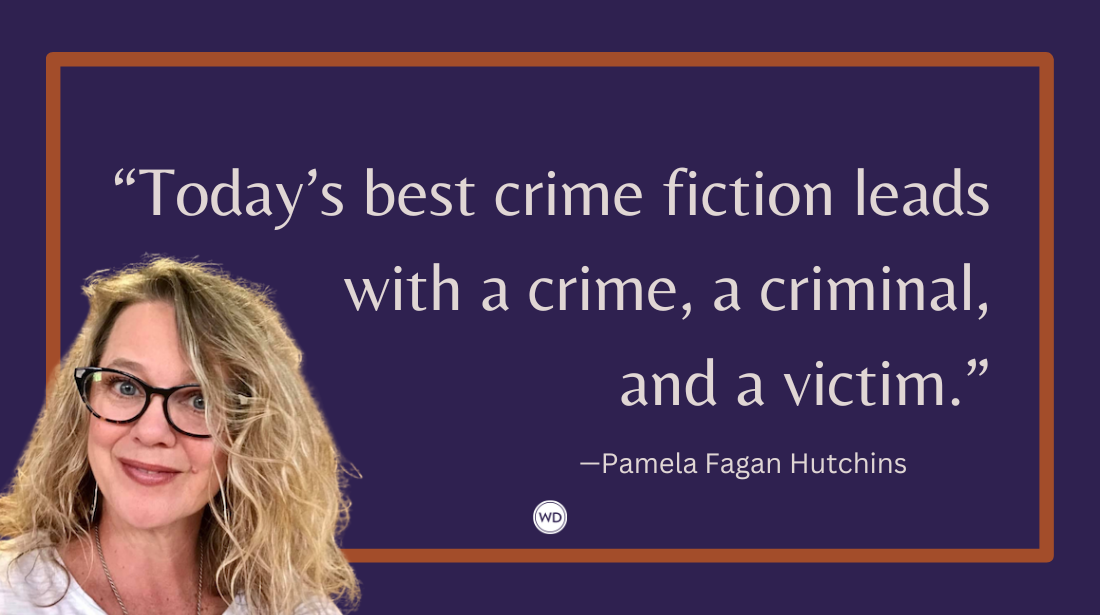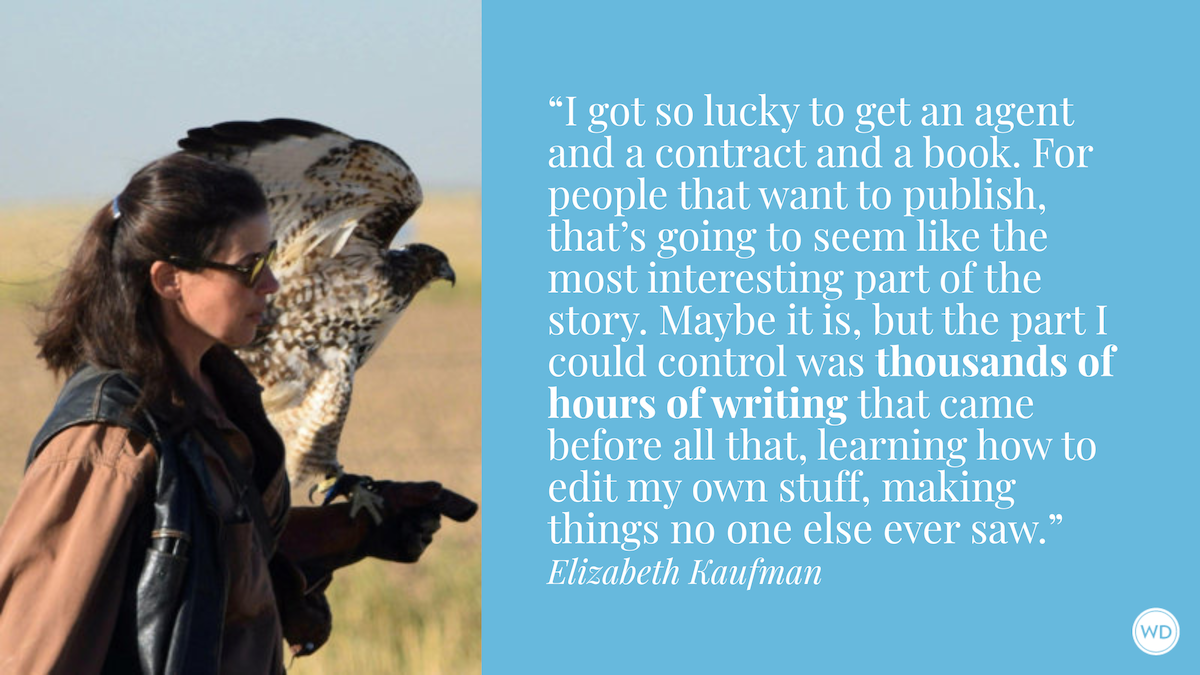The Story That Drove Me to Write
Award-winning author Stephanie Kane shares the book that launched her career and provides insights for how you can pursue your story.
Each of us has a story—the one that’s ours, the version we alone can tell.
My story launched and has bookended my writing career. For nearly thirty years I sat on it. When I finally did write it, it was a highly fictionalized version, a mystery wrapped in a mystery and penned under a pseudonym. But just as I’d played an unwitting role in the crime on which my story was based, the mere telling of it unwittingly blasted that case wide open. Then a whole new chapter began.
My story was based on this event: the brutal 1973 murder of Betty Frye, a Denver-area housewife, on the eve of my marriage to her son. Back then he and I were college students, attending CU in Boulder. The morning of her murder, Betty called our flat. A few hours later, her husband Duane showed up unexpectedly at the karate studio in Boulder where my fiancé was teaching. I was one of the last to speak to Betty, and one of the first to see the man who killed her.
Duane was indicted for Betty’s murder, but the case was dropped. Nobody discussed the murder or his arrest. After nine years, my marriage to their son ended in divorce. But I continued to be haunted by two things: not knowing what really happened that day and the awful sense that our wedding had been the catalyst. In the early 1990s, I decided to find the answers to those questions.
My new husband knew the old DA, who met with us briefly and gave me a handful of microfiche reports. A visit to the courthouse yielded the 1973 court file. That raw material became the grist for teaching myself the writing craft. Ten years and twenty-odd drafts later, Bantam acquired the manuscript as my first mystery, Quiet Time. By then it bore little relationship to the actual case, but I was frank about the story’s origins and agreed to whatever changes Bantam wanted. When I published Quiet Time in 2001, nobody connected it to Betty’s murder.
Amazon
[WD uses affiliate links.]
Then, in 2005, Duane Frye’s sister saw a rerun of me being interviewed on public TV, bought Quiet Time, and came forward with a confession he’d made. Suddenly I was a witness, and Quiet Time was in the defense’s crosshairs. Duane’s lawyers subpoenaed my drafts and notes. By then I’d published three legal thrillers, but the threat of being forced to turn over material so central to my writing and thought processes paralyzed me. For the eight years during which the cold case made its way through the courts, I wrote nothing.
When the cold case was finished, overnight I had access to an avalanche of material: police files, witness interviews, transcripts, reports. Crime scene photos from 1973 brought back the face of the cop who’d gruffly told us to move along that afternoon when we pulled up to the house where Betty’s body still lay. The family room, now in disarray, where I’d sat with Betty poring over her photo albums. And the silver-wrapped beribboned box atop a barrel in the garage, where she’d supposedly surprised a burglar gathering loot. At our wedding a month later, Duane would present his son and me with that gift, from him and Betty, and toast us with the champagne glasses it held.
This was the real story, but how to tell it?
Unpacking the truth took four years. Where the official record was silent, I went beyond it. I interviewed elderly witnesses on both sides of the family and flew to Arizona to meet with the cop who’d headed the investigation in 1973. I documented each new discovery in a dated first-person log; not the diary of a lovestruck teenage girl, but the field book of a woman on a mission to uncover facts to understand the event that shaped and consumed a big portion of her life. When I’d run down every lead, I rewrote Betty’s story as true crime.
But now the problem was knowing too much. The tangled plotlines and welter of detail swallowed the path. Telling it in third person and corralling it into a straight line beat the story into submission, but purging the emotion flattened it. Betty’s life had been taken in an explosion of rage, and avenging her murder took decades. To do her justice, her story had to be told through the voices of the people involved.
So I turned to a blog. In first-person 500-word bites, I reentered the case. Witness statements and transcripts now provided texture and context to Betty’s story without letting a Greek chorus run away with the plot. Time and again, I’d been struck by how the murder and the cold case were distinct narratives, and how both times the prosecution and defense hijacked that form to spin competing stories with alternative beginnings, middles and ends. My path was now clear: examining Betty’s murder through a storytelling lens would place it in the larger perspective it needed to finally make sense. The result is Cold Case Story—the story I’d always wanted to tell.
Just as Betty’s murder thrust me into adulthood, telling her story made the writer in me grow up. The cold case forced me to face what I’d done to fictionalize her death, but Cold Case Story taught me to pound the pavement to get the real story right. For the best way to tell it, I had to traverse the gamut of form: from fiction to diary to true crime to memoir. Understanding a brutal act and its consequences required a larger frame. And I had to craft a real ending, to Betty’s story and mine.
Telling it this way has finally let me let it go.
Stephanie Kane is a lawyer and award-winning author of seven crime novels and one true crime memoir. After graduating from law school, she was a corporate partner at a top Denver law firm before becoming a criminal defense attorney. She has lectured on money laundering and white-collar crime in Eastern Europe and given workshops throughout the country on writing technique. Her crime novels have won a Colorado Book Award for Mystery and two Colorado Authors League Awards for Genre Fiction. She belongs to the Mystery Writers of America, Rocky Mountain Fiction Writers, and the Colorado Authors League. She lives in Denver with her husband and two black cats.








